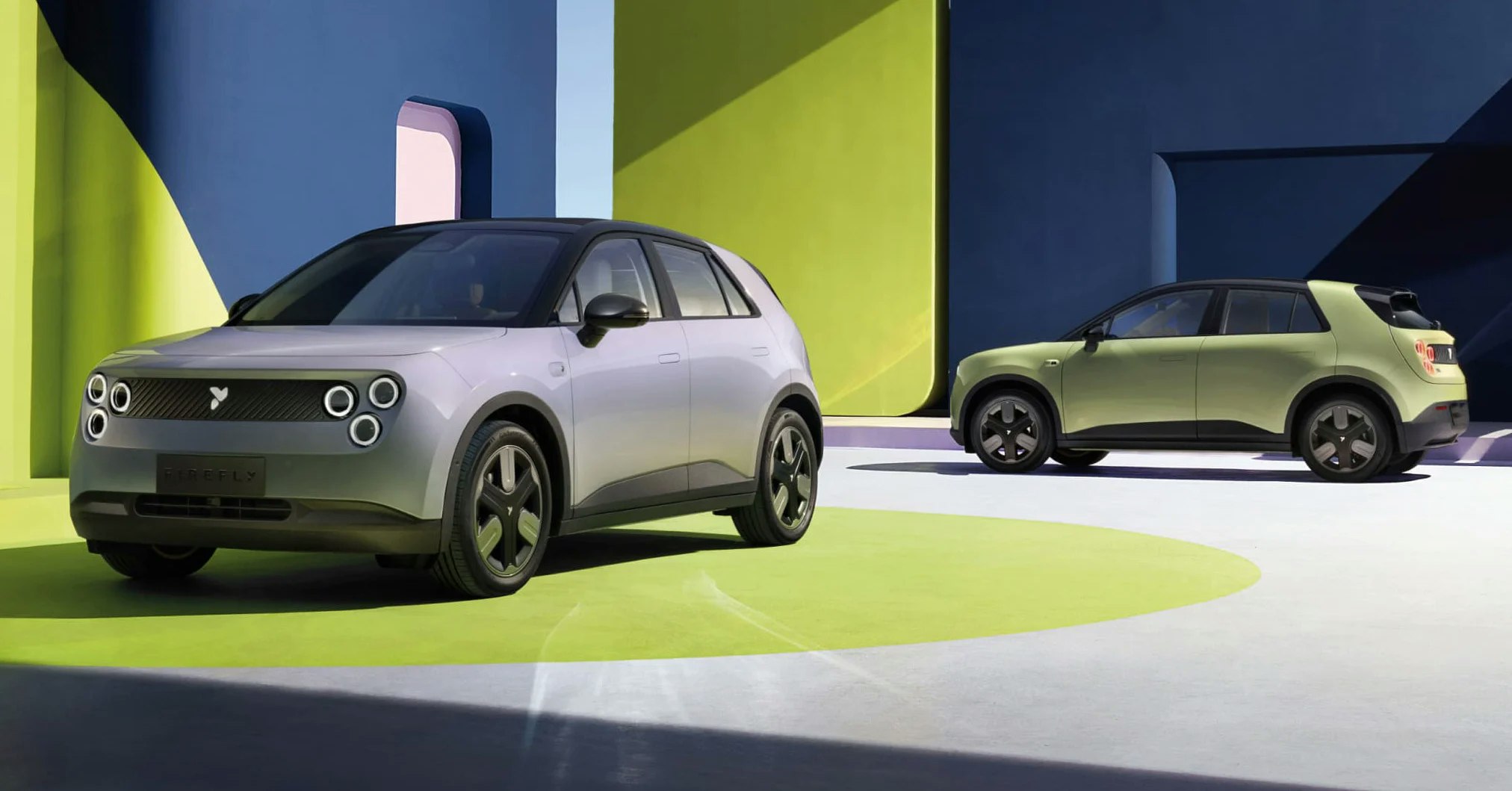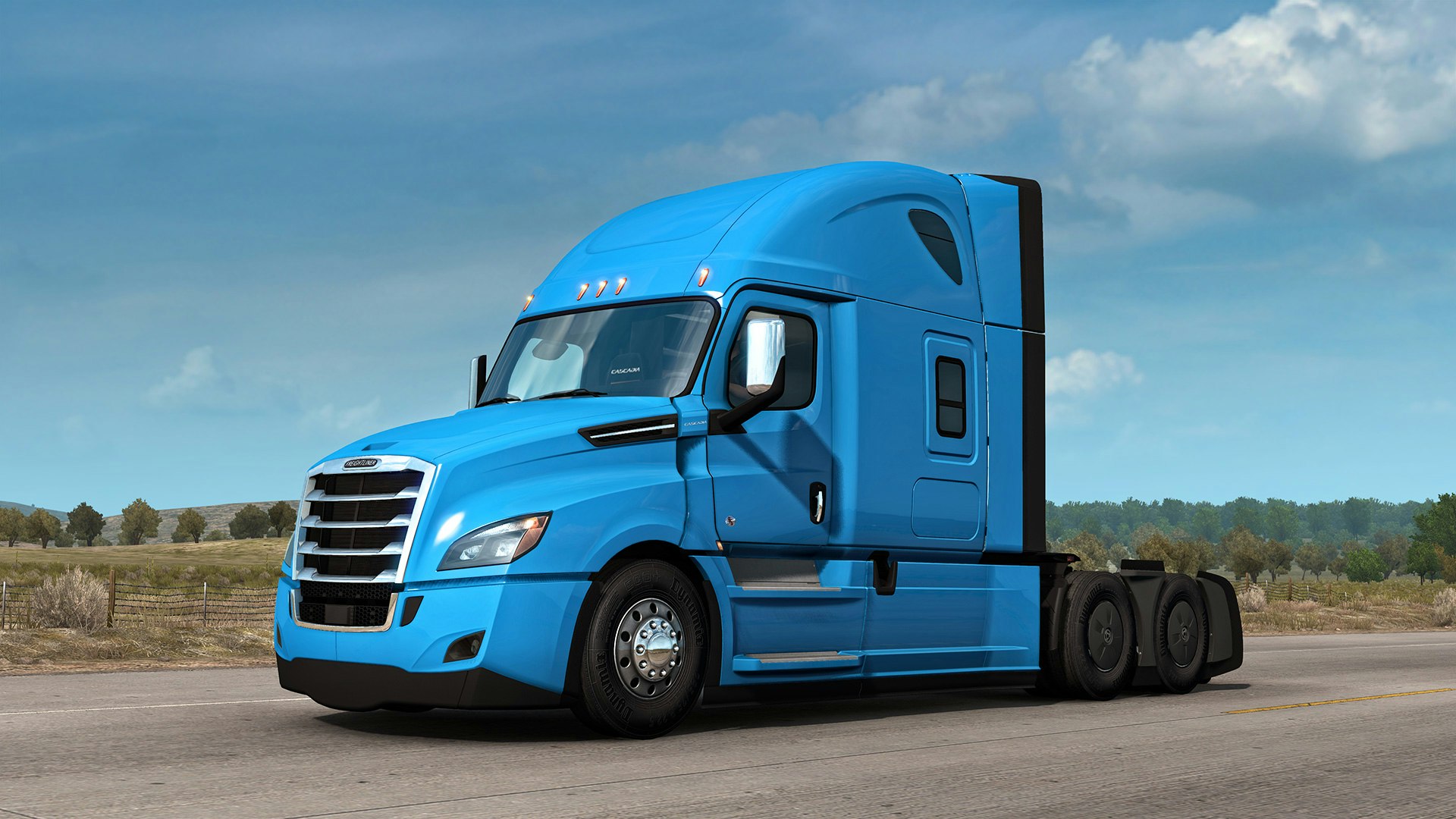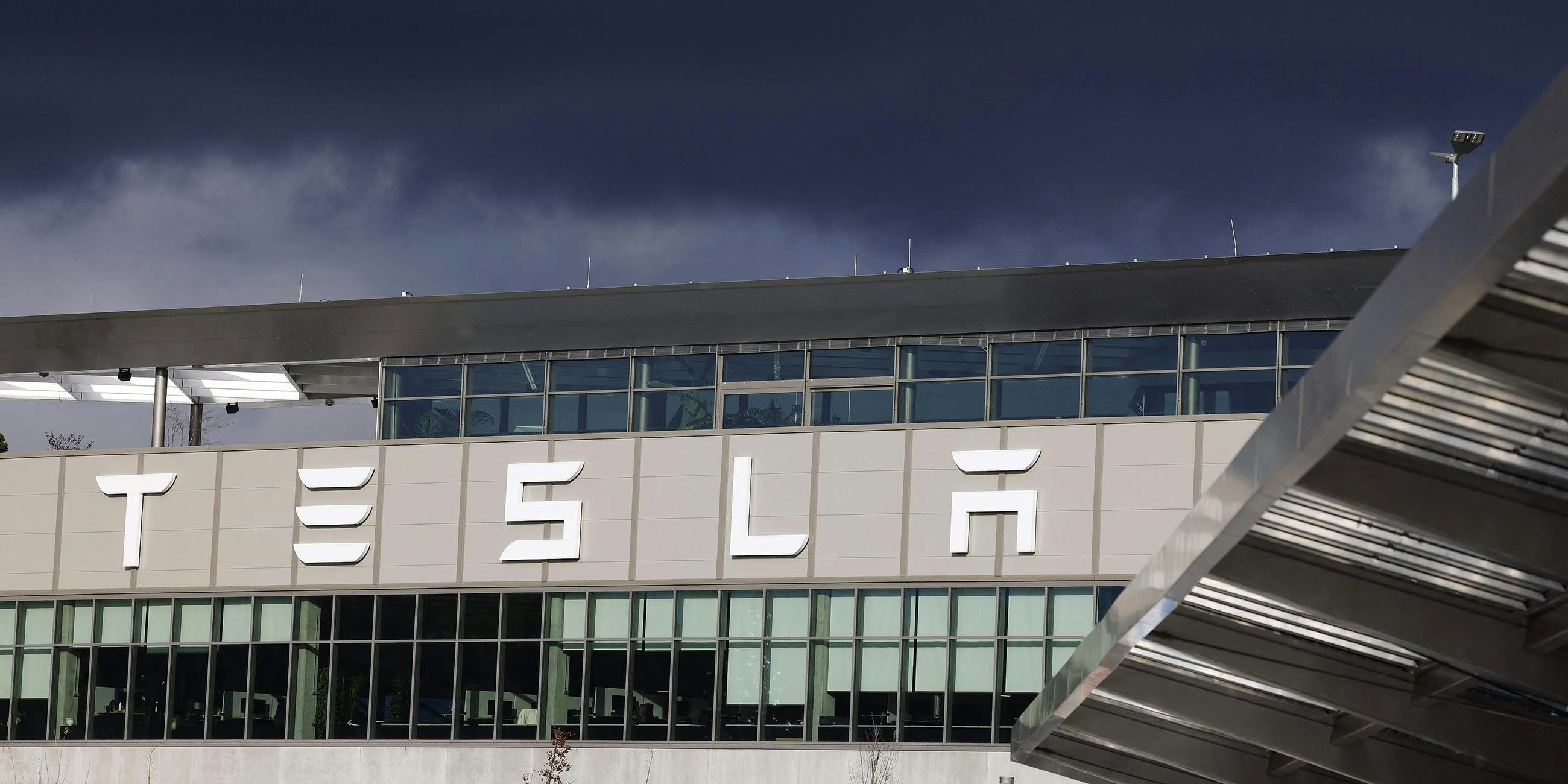Technology
Nio's Small Lights, Big Trouble: The Risky Foray into the Mass Market
The electric car manufacturer Nio presents the Firefly, a compact EV innovation – and divides opinions. Can the luxury pioneer bridge the gap between premium standards and the mass market?

Three little lights, a huge drama.
It is astonishing how a detail such as the round LED headlights of the new Firefly can spark so much discussion. Nio, once the shining star in China's electric vehicle sky, is taking a risky step into the mass market with its most affordable model. However, the price for this advance seems to be not just financial in nature but also an attack on its own brand image.
From Porsche to Honda - Nio's Identity Crisis
Last weekend, Nio unveiled its Firefly at the company's annual event – in front of customers, partners, and media. The small hatchback starts at 148,800 yuan (approximately 20,400 US dollars) and, with its simple design, is reminiscent of the Honda e. Not exactly the association one would want for a luxury pioneer.
At the same time, Nio presented the ET9 model, a luxury sedan meant to compete with the Porsche Panamera. The contrast between these two vehicles could hardly be greater – leaving analysts and consumers alike asking: Where is Nio headed?
A mass-market pioneer with problems
Nio, which is celebrating its 10th anniversary this year, has had some near-death experiences in its history. In 2019, the company was almost at the end before the city of Hefei saved it with a billion dollars. In 2021, things seemed to finally be looking up, but rising costs, COVID disruptions, and competition from industry giants like BYD have put Nio under pressure again.
In July 2023, Nio secured an investment of 738.5 million dollars from the Abu Dhabi fund CYVN Holdings, which later grew to 2.2 billion dollars. Despite this support, Nio remains behind its own targets – according to CEO William Li, by at least two years.
The Firefly
The Firefly is Nio's answer to the challenges of the mass market. With a base price that is far below that of previous models and a battery leasing model, it could increase sales volume. But here begins the problem: Will Nio sacrifice its premium image with this step?
Another question mark: Dealing with existing customers. Will Firefly owners have access to the exclusive Nio Houses, the luxurious meeting points for Nio owners worldwide? Without such incentives, the Firefly could just be another affordable electric car for many – in an already crowded market.
Survival Under Extreme Conditions
The competition in the Chinese EV market is brutal. While Nio delivered a total of 191,000 vehicles in 2024, BYD sold 1.6 million pure electric cars in the same period. At the same time, costs are rising: Nio is investing massively in research and development, including semiconductor technology, to improve margins in the long term. But this strategy is costly—and risks the 42.2 billion yuan the company holds in liquid assets.
Another risk is the cannibalization of its own brands. With the introduction of Firefly and Onvo, it remains unclear how Nio intends to differentiate its various sub-brands without jeopardizing the premium image.
Profitability by 2026 – We Cannot Fail
Despite all challenges, CEO William Li remains optimistic. For 2025, Nio has ambitious goals: Sales figures are to double to 440,000 units, with the Firefly expected to contribute "several thousand" vehicles monthly. However, the goal of profitability by 2026 is not an option, but a necessity.






